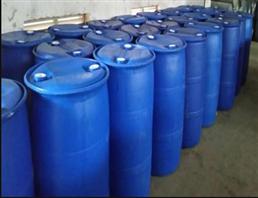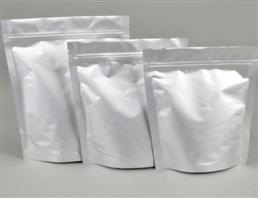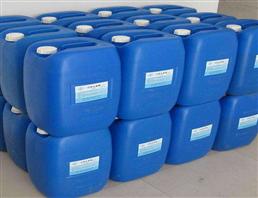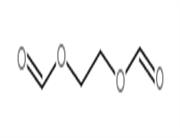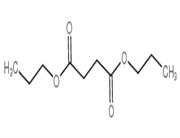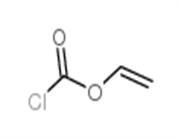Brand name
Gabbroral;Humagel;Humatin;Sinosid.
World Health Organization (WHO)
Paromomycin, an aminoglycoside antibiotic was introduced into medicine in 1959 for the treatment of protozoal, helminthic and bacterial infections. It has been associated, particularly when used by parenteral route, with severe adverse effects including renal damage, neuromuscular blockage and ototoxicity, possibly leading to deafness in some patients. This route of administration is now considered obsolete. However, parenteral dosage forms of paromomycin may still remain available in certain countries.
Antimicrobial activity
A fermentation product of Streptomyces rimosus var. paromomycinus, supplied as the sulfate. The commercial product is a mixture of the two isomeric paromomycins I and II, which are closely related to neomycin.
The antibacterial activity is almost identical to that of neomycin. Since it differs from neomycin in having a hydroxyl rather than an amino group at the 6′-position it is not sensitive to AAC(6′) modifying enzymes. It is active against M. tuberculosis, including multidrug-resistant strains, and the M. avium complex.
Unlike other aminoglycosides, paromomycin is active against some protozoa, including Entamoeba histolytica, Cryptosporidium parvum, Leishmania spp., Giardia lamblia and Trichomonas vaginalis. It also exhibits activity against the tapeworms Taenia saginata, Taenia solium, Diphyllobothrium latum and Hymenolepis nana.
It closely resembles neomycin in pharmacokinetic behavior and liability to produce deafness and intestinal malabsorption.
Clinical Use
Intestinal amebiasis (oral)
Cutaneous leishmaniasis (topical) and visceral leishmaniasis (intramuscular)
Nitroimidazole-resistant trichomoniasis (topical)
Its antiprotozoal activity has attracted some attention, but it has largely been superseded by more active and less toxic compounds. Success in treating nitroimidazole-resistant trichomoniasis with topical paromomycin has been reported. Trials in India and East Africa of parenteral paromomycin alone, or in combination with sodium stibogluconate, for treatment of visceral leishmaniasis have shown promising results.
Veterinary Drugs and Treatments
Paromomycin may be useful as a secondary treatment for cryptosporidiosis in dogs and cats. It has also been used topically to treat cutaneous Leishmaniasis. In humans, it has been used as an alternative treatment for giardiasis, Dientamoeba fragilis, and hepatic coma.
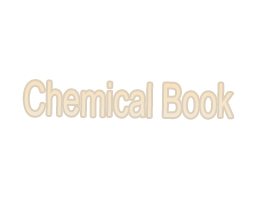
 China
China





